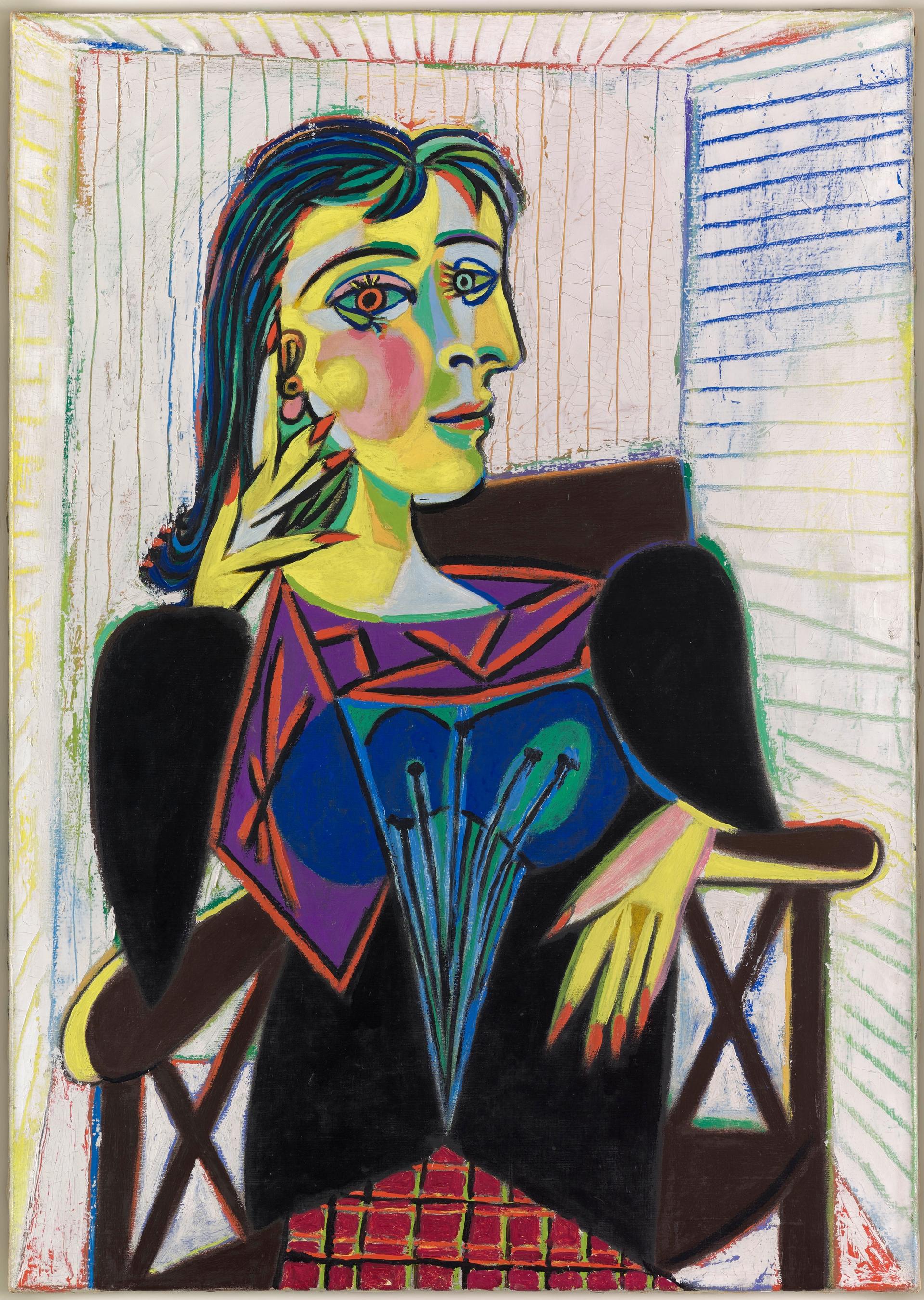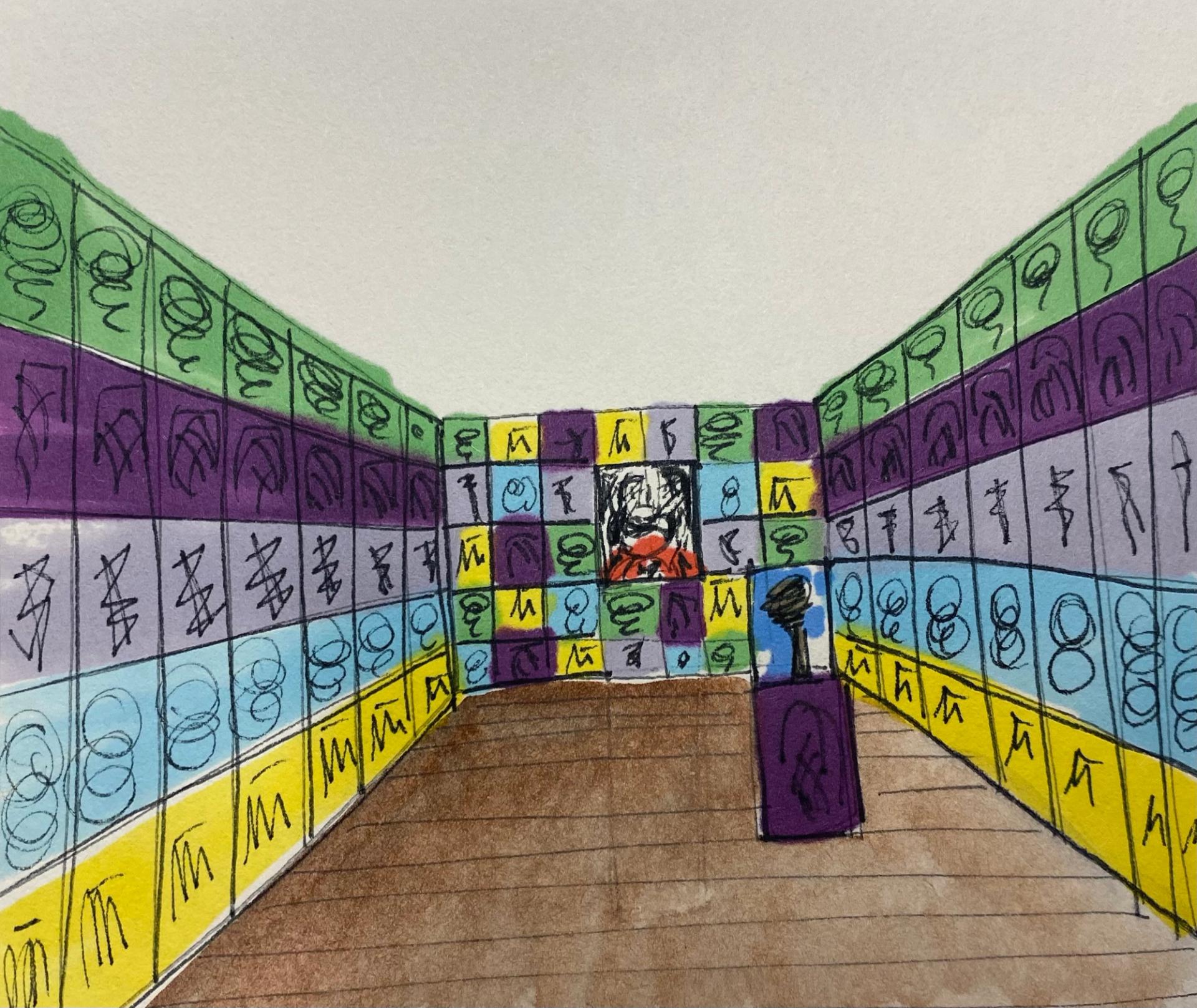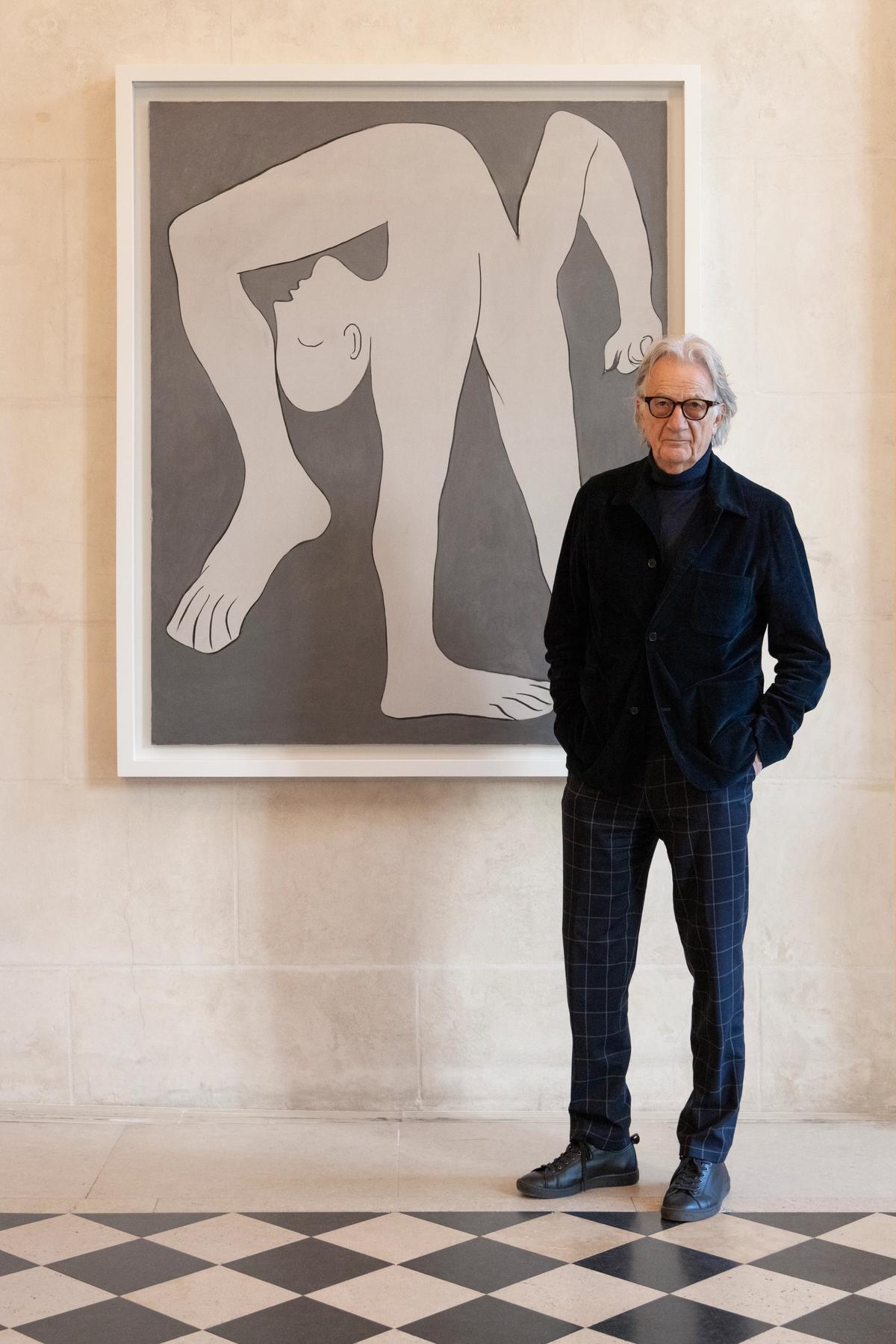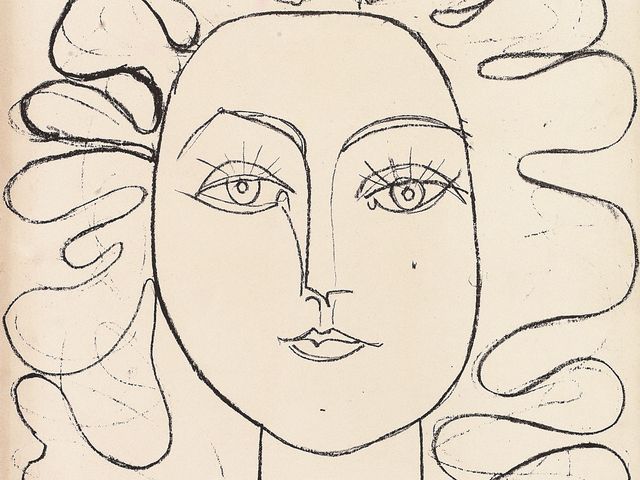The British fashion designer Paul Smith is to work as the artistic director of an exhibition of Pablo Picasso’s most famous works at the Musée National Picasso in Paris to mark the 50th anniversary of the Spanish artist’s death.
Smith says he was given “carte blanche” to do what he liked with the artistic direction of the show, which is titled Picasso Celebration: the Collection in a New Light (7 March-27 August).
“In this very homogenised and organised world, I was allowed to be totally spontaneous,” Smith says. “The brief was: you’re free to interpret Picasso’s work however you want.”

Pablo Picasso's Self Portrait (1901) © Pablo Picasso, courtesy of Musée national Picasso-Paris
Smith admits he was surprised to be asked be involved in the show, which he is creating alongside co-curators Cécile Debray, the Musée Picasso’s new director, and the art historian Joanne Snrech.
“I’m scared, I’m humbled and I’m nervous,” Smith says. “I’m interested in art, but I’m not an expert on Picasso. I was honest about that. But Cécile and Joanne didn’t seem to mind. I think they wanted me to come with a totally fresh approach, and to reach out to popular culture. That’s what I’ve tried to do.”
The fashion designer first opened a tiny clothing shop in Nottingham in 1970. It sold pieces Smith had designed himself, along with designs from friends who were interested in fashion. Today, he is the owner of one of the most distinctive and celebrated brands in global menswear.
Smith has always counted Picasso as an inspiration, he says. “He was so radical, so modern, and that meant he took a lot of flack from a lot of people. But he was able to always remain open to new ideas, different media, different materials. Without meaning to compare us in any way, that’s something I’ve tried to do, too.”

Painted stripes room sketch by Paul Smith © Musée National Picasso-Paris
What should we expect? Smith has sketched out designs for the exhibition which hint at the tenor of his art direction. Jazz will be played as a soundtrack, he says. Walls will be papered over with pages from old fashion magazines. In one room, vertical lines of contrasting colours will reach from floor to ceiling on the museum’s walls, upon which Picasso’s works will be hung.
The show will open with some of the masterworks Picasso made shortly after he first arrived in Paris, at the age of 19, in 1900. Picasso lived and worked in the Montmartre district of the city, sharing a studio with his childhood friend, the Spanish painter Carles Casagemas. But their friendship was cut short when Casagemas committed suicide in 1901.
The death of Casagemas sent Picasso into a period of deep mourning, prompting Picasso’s Blue Period. Smith’s exhibition will include Picasso’s Self Portrait (1901), a painting the 20-year-old artist made of himself in blue and purple which, Picasso later said, encapsulated his depression. For the next year, Picasso painted portraits of homeless beggars, sex workers and isolated drinkers in the dark bars close to his home. Paintings from Picasso's Blue Period will be hung in a room Smith has drenched in hues of blue.
"The death of his friend led him into this extraordinarily melancholy place," Smith says. "But it pushed him out into the streets close to where he lived, to paint the poverty there in ways no-one had seen before."

Picasso's Portrait de Dora Maar (1937) © Pablo Picasso, courtesy Musée National Picasso-Paris
Smith will also show sketches and preparatory drawings for Picasso's masterpiece Les Demoiselles d’Avignon (1907), a painting that signalled Picasso’s move towards Cubism. The artist unveiled the painting (which is now in New York's Museum of Modern Art) after months of revisions that took place at his studio nestled in the cobbled streets behind the Sacré-Cœur church.
Later in the exhibition, Smith will focus on the way Picasso depicted his female muses. Smith has included Picasso's portrait of Dora Maar, a young French photographer of Croatian heritage, born Henriette Theodora Markovitch, whom Picasso met in Cafe des Deux Magots. Maar is now remembered as one of the leading female photographers of her generation, and was afforded a retrospective at Tate Modern in London in 2020. But Maar was also, for a period, Picasso's principle sitter, and documented the creation of his most political work, Guernica (1937), which now hangs in the Museo Reina Sofía in Madrid.
Beyond the masterpieces, Smith has focused on some of Picasso’s minor works, which he came across in Musée Picasso’s 20,000 strong collection. The exhibition will show pages torn from the May 1951 issue of Vogue. Picasso turned the models in the fashion magazine into grotesque figures by drawing a few lines onto the photographs.

Picasso Posters sketch by Paul Smith © Musée National Picasso-Paris
Smith hopes the exhibition will attract a generation of people who might be unfamiliar with Picasso’s work. “Picasso is relevant to any creative person working today,” he says. “He found anything interesting, and he continued to have this quite childlike approach to his work throughout his life. He didn’t become cluttered with experience and history and education, but stayed open to new ways of thinking. That's a great way to live; I’ve tried to do that myself.”
Smith hopes visitors to the show are inspired by Picasso's enduring ability to reinvent himself. “I find many people in the creative industries a bit too considered now,” Smith says. “Today they are often a bit too scared, a bit too self conscious. They think: ‘I ought to look like this, I ought to conduct my life like this.’ Picasso wasn’t encumbered by that at all.”
Picasso died on 8 April 1973 at Notre-Dame-de-Vie, his home in Mougins, in the southeast of France. Throughout this year, and in partnership with Picasso’s grandson, Bernard Picasso, the Musée National Picasso-Paris will oversee 50 exhibitions of the artist's work in museums located in Barcelona, Madrid, Málaga, Paris and other cities across Europe and North America.
• Picasso Celebration: the Collection in a New Light, Musée National Picasso, Paris, 7 March-27 August



